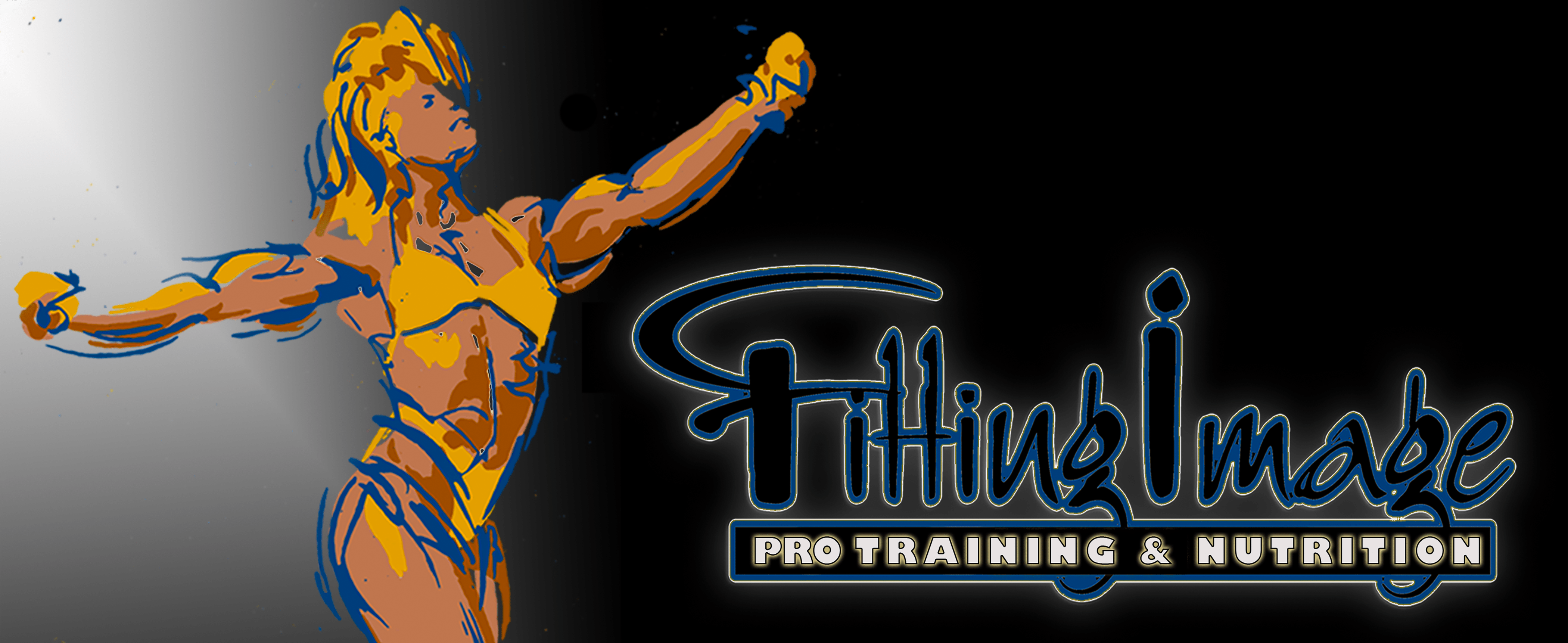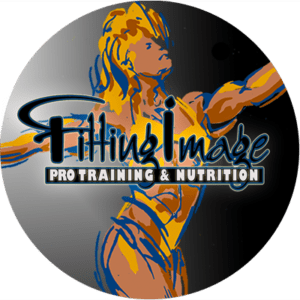Posing
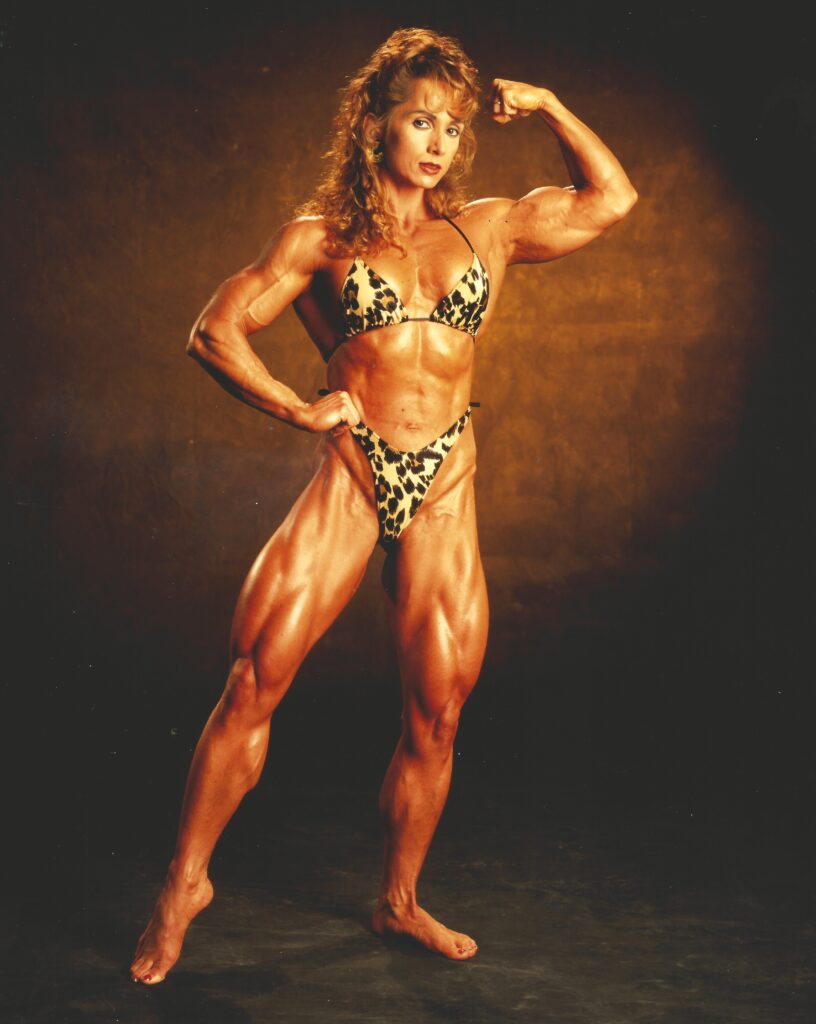
Posing well can make the difference between winning or losing a competition. When a bodybuilder poses on stage, they are showcasing their muscular development, symmetry, and overall physique. A good pose can highlight a bodybuilder’s strengths and help hide their weaknesses.
Nothing is more disappointing than to see a well-qualified competitor on stage who stumbles around unsure, uncoordinated, and unprepared for the competition.
For bodybuilding, competitors perform quarter turns so the judges can assess their symmetry in comparison to the other competitors. Then compulsory poses are performed. These include the front double biceps, side chest (either side), back double biceps, tricep extension (either side with front leg angled back), abdominal and thigh pose, front lat spread (men), back lat spread (men), and most muscular (optional for the men). For organizations other than the NPC and IFBB, there may be some variances on these poses. Each competitor is being judged on their muscular development and symmetry, to include the proportion, shape, and balance of the muscle. There will be comparisons made on judges call outs between various groups as competitors go through the mandatory poses repeatedly.
Practicing posing regularly is crucial for all physique show competitors. It takes time and practice to perfect each pose and transition between them. A bodybuilder must be able to hold each pose for an extended period of time without showing any signs of fatigue. Additionally, a bodybuilder must be able to transition smoothly between poses to create a seamless routine on stage.
Music that sets the tone for the posing routine is important. The routine should be well choreographed and rehearsed to fit with the music selection. It shows a lack of professionalism to just play music in the background and execute poses that have nothing to do with the music.
There are differences in posing criteria for bodybuilding, physique, wellness, figure, and bikini divisions in women’s competitions. Fitness competition routines are heavy in gymnastics and dance and are extremely athletic and artistic in nature. For men’s bodybuilding divisions, the posing is mostly the same in each division, except for the Men’s Physique division where the men wear board shorts that hide their legs.
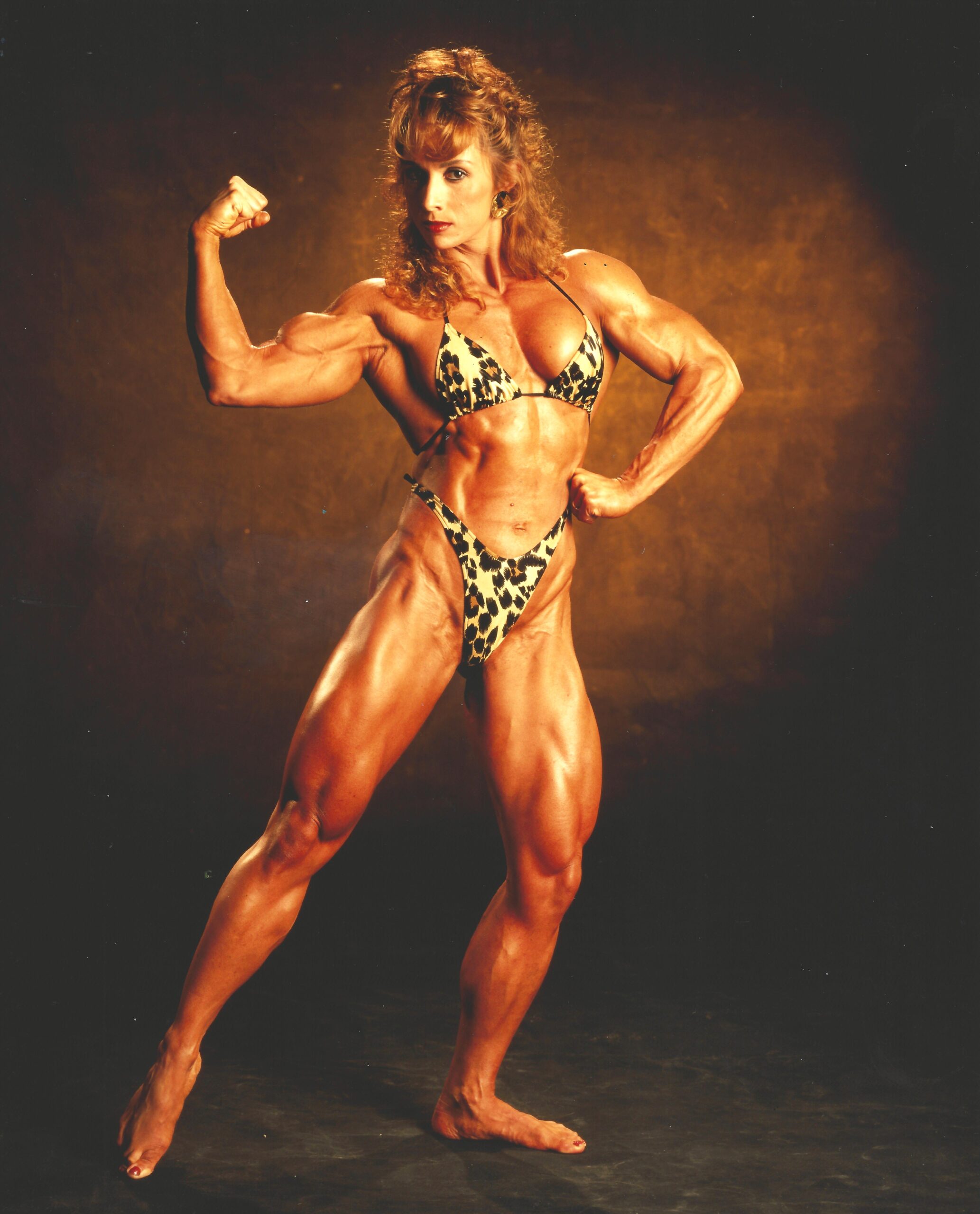
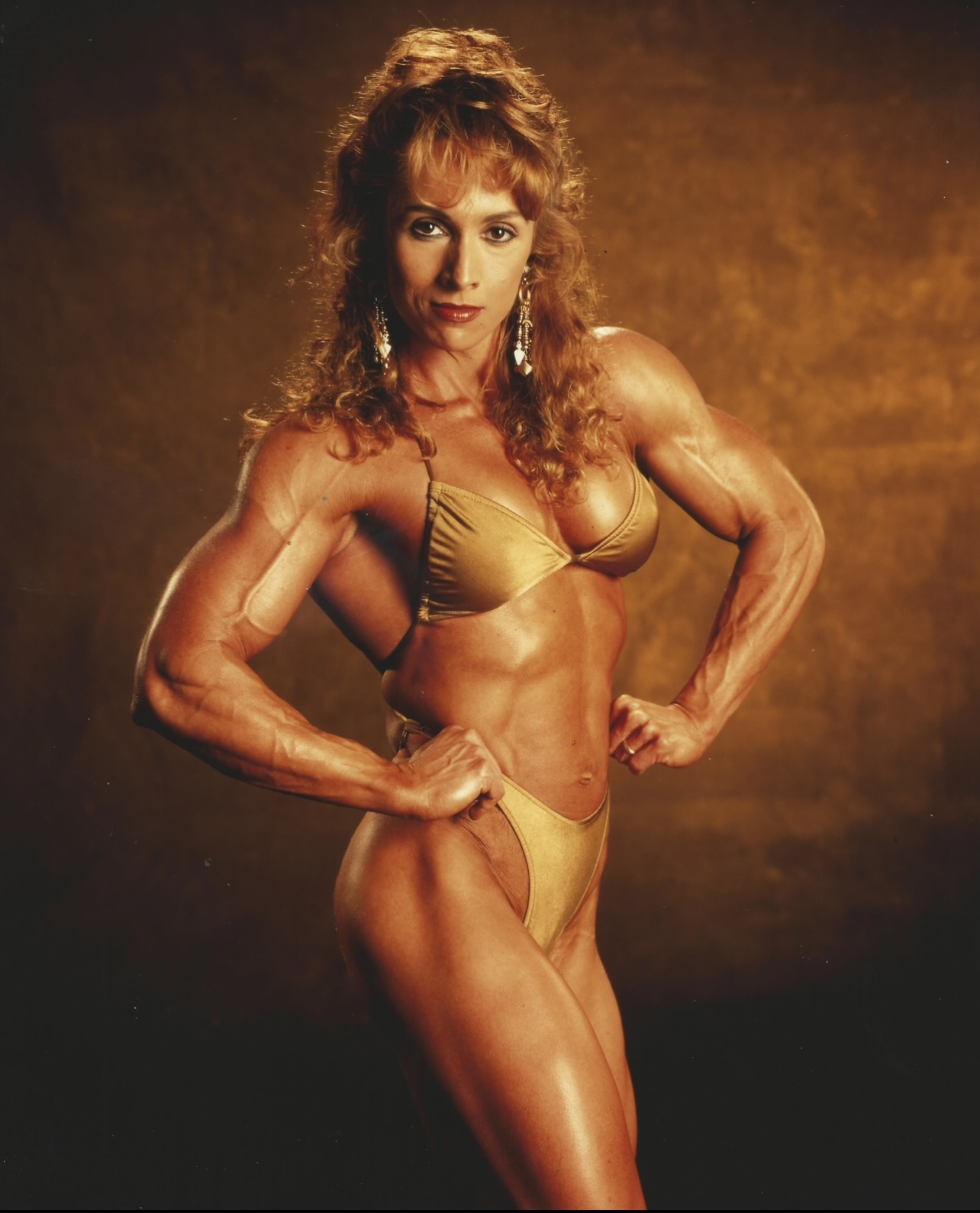
Posing is also important even when not on the competition stage. Sustained flexing and posing during and after a workout have been shown to be effective in speeding muscle growth and helps to accentuate hardness and separation.
Practicing posing in the off season gives the competitor the discovery period needed to learn their own body’s strengths and weaknesses, giving them the time to focus training to improve symmetry. There are also many nuances to executing each pose, as well as the quarter turn positions, to best accentuate the physique and make it seem natural and fluid.
Practice does make perfect. Let’s face it, it is difficult to remember choreography, move while flexing everything, and smile… all at the same time…especially when your brain is short on fuel and you are exhausted. It will basically come down to muscle memory, and of course… good coaching.
For bodybuilding posing assistance, please contact me here.

